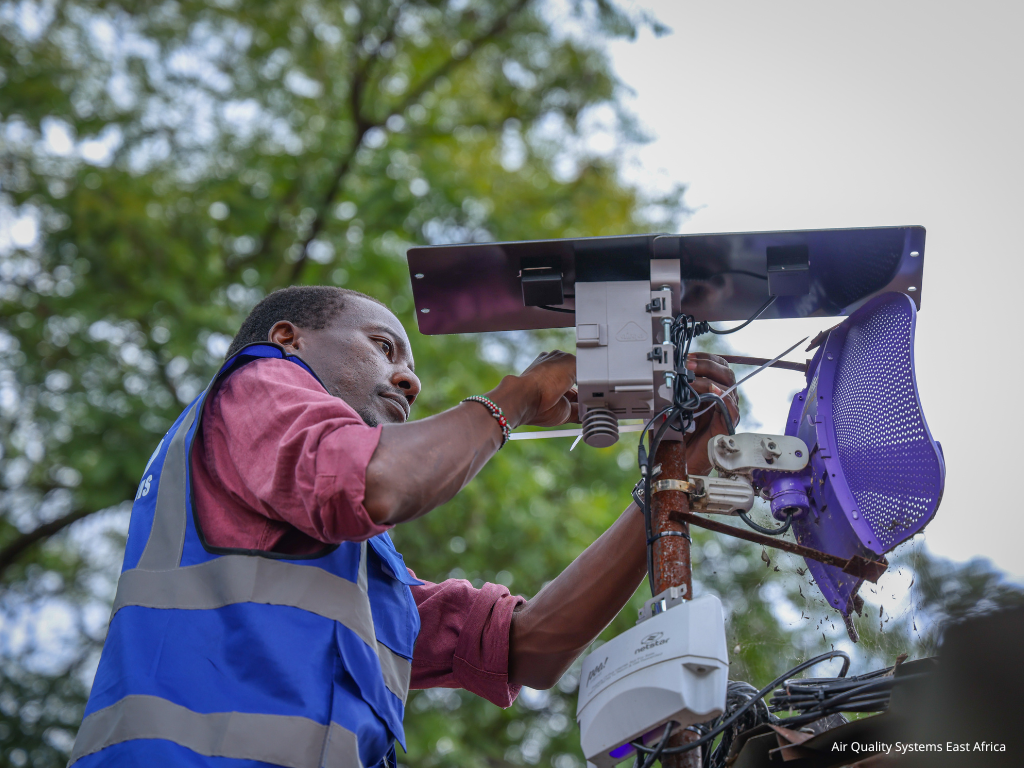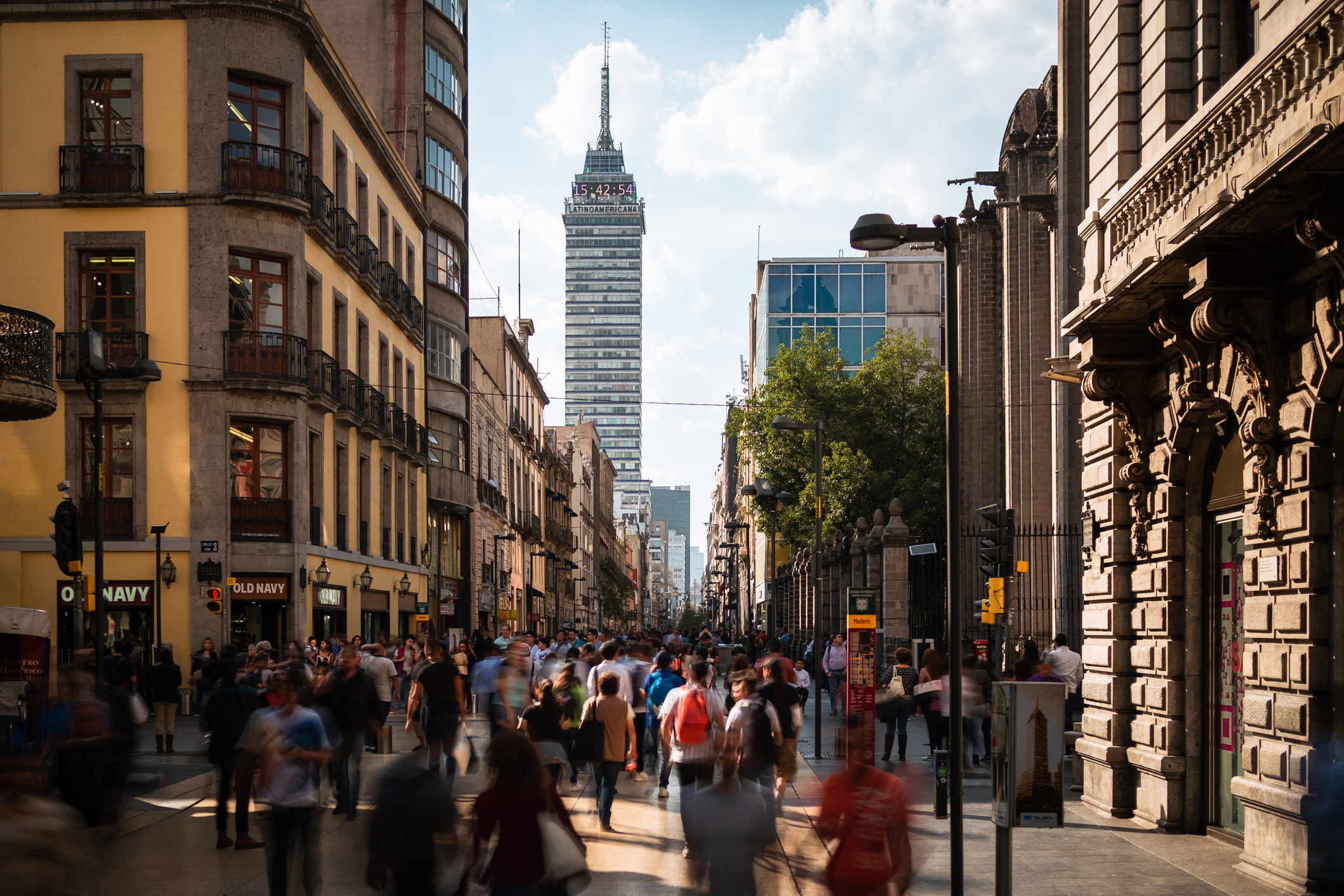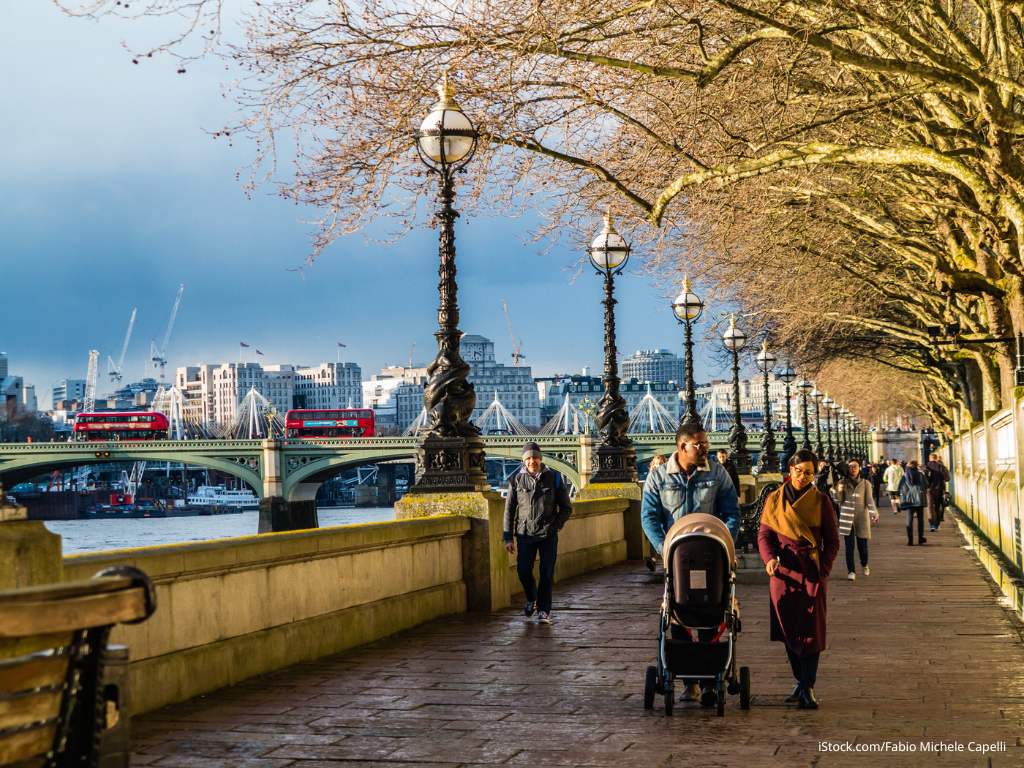Breathing Life into Cities: The Health and Economic Opportunities of Action for Clean Air

If you share our commitment to clean air and would like to hear news from Breathe Cities, sign up to our email updates.
You can opt out at any time. To read our full Privacy Policy, please click here.

Download the Full English Report
Download the Spanish Executive Summary
Download the Annexes and Methodology
Cities that act on air pollution can make major health gains and deliver significant ‘clean air dividends’ for people and economies. Many fast-growing megacities and metropolitan areas in Africa, Asia and South America are already at the forefront of tackling air pollution and have the most to gain from this clean air action. To succeed, this city-level action needs to be underpinned by strong national policies and financial support.
Our Breathing Life into Cities report analyses the benefits for citizens if the World Health Organization’s (WHO) updated Road Map, for an enhanced global response to the adverse health effects on air pollution were to be implemented, with a focus on cities. The WHO’s Road Map details how governments can cut the health impacts of human-made air pollution by 50% by 2040. Although the Road Map primarily addresses national governments, cities play a critical role in delivering these impacts. Strong collaboration between national and local governments is key to success, along with cooperation at a regional and global level.
Our analysis outlines the clean air benefits delivered by a selection of 63 diverse cities, spanning 21 countries and five continents, with a population of more than 450 million people.
650,000 air pollution-related deaths could be avoided each year in the cities studied by reducing fine particulate matter PM2.5 levels in line with the WHO’s new Road Map.
Of these lives saved each year, an estimated 55,000 would be children aged 15 or under, and 395,000 people over the age of 65.
Each year, by avoiding air pollution-linked mortality the cities will gain 5.7 million years of productive (working-age) life.
$1 trillion of annual economic damage would be avoided each year by reducing air pollution-linked deaths in these cities.
From Accra to São Paulo, Bandung to Mexico City, there are dozens of urban powerhouses which can drive economic growth, increase productivity, and improve health and well-being for residents and workers alike.
If prioritised, clean air action can save lives, boost economies and make cities more liveable.
To reach these potential impacts, we recommend that:
Cities:
National governments:
International development and philanthropic funders:
Civil society, academics, and businesses:






